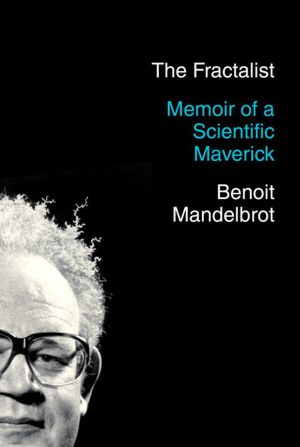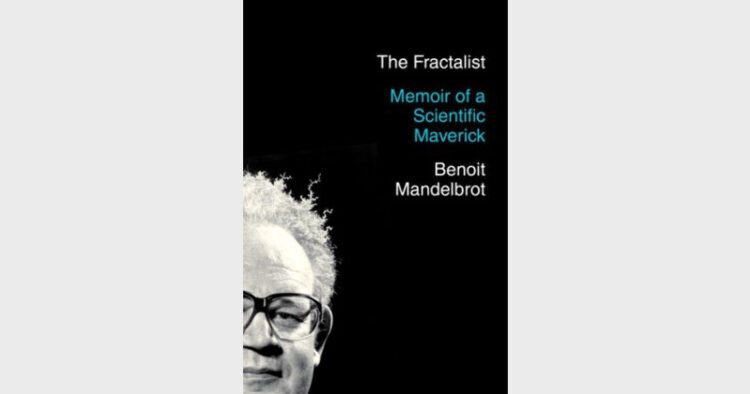Manju Gupta
 The Fractalist: Memoirs of a Scientific Maverick, Benoit B. Mandelbrot, Pantheon Books, Pp 352, $ 19.40
The Fractalist: Memoirs of a Scientific Maverick, Benoit B. Mandelbrot, Pantheon Books, Pp 352, $ 19.40
THE author, who is the creator of fractal geometry and a research scientist at IBM, has become famous for transforming our understanding of information technology, economics, fluid turbulence, non-linear dynamics and geophysics. He writes in this memoir and captures the memories of a visionary who loved nothing better than studying complex multi-disciplinary concepts, making unparalleled contributions to science, mathematics and the arts during the process.
Erasmus Darwin was born on November 20, 1924 to a Polish Jew family in a Warsaw ghetto. His grandfather Szolmo knew only Yiddish while Erasmus knew only Polish, which prevented them from communicating with each other. The family practiced Judaism and Szolmo left Vilnius in Lithuania to take advantage of the economic opportunities in booming Warsaw.
Erasmus’s uncles were highly educated intellectuals, poets, scientists and mathematicians. He found his father and mother always arguing but who remained clear headed about their sons and taught them to be self-confident. They worshipped individual achievements but never achieved what they wanted and deserved, he says. He was deeply influenced by one of his younger uncles, Szolem, a mathematician. He went to study in Pubic School 24 for Boys but the Depression of the 1930s saw the situation getting worse and so his parents managed to move to Paris in a charter train full of refugees. In Paris he joined the elementary school and learned to speak French. He studied for two years at Lycee Rollin where he was “way ahead” in academics. He leaned French and Latin. The family moved to Tulle, where he made some very good friends.
On reaching the age of 20, Erasmus entered a new stage of life when things wouldn’t be so tough “but the past cannot simply be left behind, especially a past like mine, so sharply synchronised with the Depression and the war. I never had any leisure time to ‘find myself’ – except for my wild mathematical dream.” He became the only foreign student to study at Ecole Poltechnique in 1945-47. It was a military academy. He left for Caltech in California, USA before returning to France in 1949 to become an Air Force reserve lieutenant. It was at this stage that Beethoven’s symphonies – “which I had not heard until I was twenty – were a revelation beyond words.” Opera and music became a passion with him. In 1950, he became a student of mathematics at the University of Paris, searching for a good topic for doctoral dissertation. He completed his Ph.D. in five years on the title ‘Games of Communication’. He then left for Paris in 1954-55 when he was deeply influenced by Paul Levy. In 1955, he married Aliette after knowing her for five years. He received his Ph.D. degree in 1952 and started teaching at the University of Lille. Soon he got a summer job at IBM in New York, where he started researching on fractal geometry of nature. He was called to Harvard where he took up teaching of Applied Sciences. He began to give lectures at MIT, Yale and the College de France in Paris. He coined the word ‘fractal’ before writing his book, The Fractal Geometry of Nature.
The author arouses the reader’s curiosity about fractal geometry besides providing some understanding of financial variability and erratic physical phenomena among other things.
(Pantheon Books, 1745, Broadway, New York, New York 10019;www.randomhouse.com)













Comments